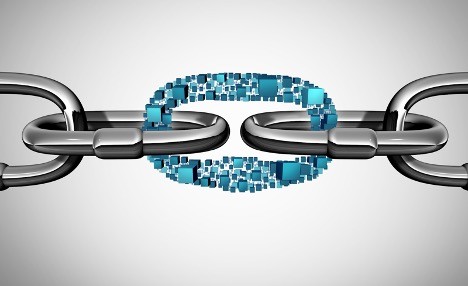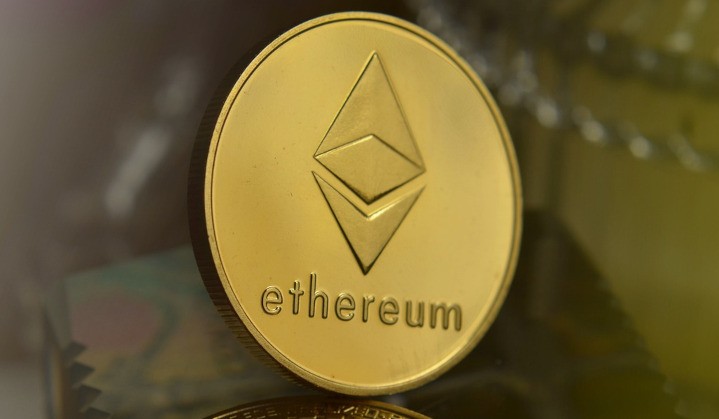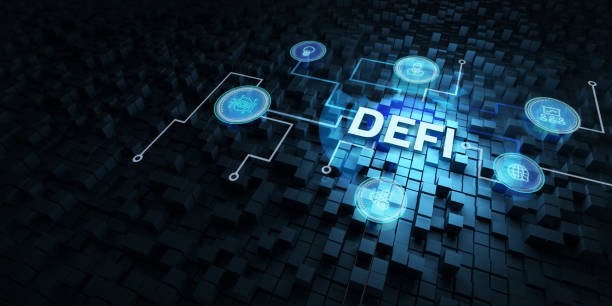Blockchain Technology in Education: Overview and Theoretical Applications
Nov 20, 2023, 9:20pm
What exactly is blockchain, and why is it being hailed as such a game-changer? Let's take a closer look at blockchain in education.
Blockchain is a decentralized digital ledger that records transactions and information in a secure, transparent, and immutable way. The data is distributed across a peer-to-peer network, eliminating the need for third-party intermediaries. This opens up new possibilities for trust, efficiency, and collaboration.
While blockchain is often associated with cryptocurrencies like Bitcoin, the applications of this groundbreaking technology go far beyond finance. In the education sector specifically, blockchain promises to empower students, revolutionize record-keeping, and increase transparency. The purpose of this article is to explore the exciting ways that blockchain can transform learning and reshape the education landscape as we know it. We will examine the key benefits blockchain offers students, teachers, and institutions. From enhancing student agency over their academic records to bringing transparency into degree verification, blockchain has vast untapped potential to improve education delivery and engagement.
If you are looking for someone to help you create a quality academic paper on Blockchain technology in education, consider delegating it to a professional paper writing service such as WriteMyPaperHub. Here, you will receive timely assistance with your papers, no matter the complexity or the proximity of the dealing.
Understanding Blockchain Technology in 2023
A blockchain is a digital record of transactions, agreements, contracts or anything else that needs to be independently recorded and verified as having happened. This record is distributed across a large network of computers instead of being held in one central location.
This means no single person or entity controls the data, but everyone in the network can access and verify it. Blockchain networks are also highly secure through advanced cryptography. This prevents tampering, hacking or cheating the system.
For education, some key features of blockchain technology are:
- Decentralization. Records are not dependent on a single server but are distributed across thousands of computers. This prevents centralized control over academic records.
- Transparency. All transactions are visible to participants in the blockchain network. This enables transparency in areas like credentials verification.
- Security. Data is encrypted and immutable. Records cannot be altered after creation without consensus from the network. This helps secure academic accomplishments.
Blockchain technology first emerged in 1991 but gained mainstream popularity through the launch of Bitcoin in 2009. While cryptocurrency remains a common application, blockchain today has evolved beyond finance into fields like supply chain, voting, and of course, education.
Blockchain in Education – Theoretical Applications
Blockchain technology could transform several aspects of education by enhancing transparency, security, and decentralization. Here are some promising applications:
Secure academic records
Blockchain-based student records could resolve issues with centralized academic record-keeping. Records like transcripts, certificates, and diplomas could be stored securely on a decentralized ledger. Students would own and control access to their records, rather than universities. These records are immutable and fraud-resistant, overcoming challenges like degree fraud.
Streamlined verification
Students face difficulties getting their academic credentials reliably verified, especially from institutions abroad. Blockchain enables instant verification of certificates via digital signatures and consensus mechanisms. Students can easily share certified credentials with employers worldwide.
Decentralized resources
Centralized learning platforms like MOOCs can be replaced by blockchain-based applications for creating and distributing educational content. Resources can be stored securely, while usage and authorship are tracked transparently. Students could access decentralized content markets.
Protecting intellectual property
Blockchain registries can catalog academic research output, establishing ownership rights and preventing plagiarism. Researchers can seamlessly license and share findings. Automated blockchain contracts could also facilitate payments to researchers or their institutions.
By transforming core functions like record-keeping, credentialing, and content distribution, blockchain has vast potential to reshape education systems. Secure information management, transparency, and decentralization are key advantages of blockchain integration in education.
Overcoming Barriers to Blockchain Adoption in Education
While blockchain has immense potential in education, there are some challenges to be addressed before widespread adoption can take place:
Technological barriers
Blockchain is still an emerging technology. There are issues like scalability, complexity, and lack of standardization that must be resolved, especially for large-scale educational applications. Proper testing and continuous improvement of blockchain platforms are needed.
Regulatory barriers
Current regulations surrounding data privacy, exams, and accountability in education sometimes clash with blockchain’s open and decentralized architecture. Policy frameworks will need to be updated to enable blockchain innovation in academics.
Resource barriers
Blockchain integration requires investment in new systems, training of personnel, and building expertise. Many schools lack sufficient funding and tech talent to undertake this currently. But costs are likely to decrease over time as blockchain platforms improve. To drive mainstream adoption in education, we need to tackle these challenges through:
- Collaboration between policymakers, educational institutions and ed-tech companies to update regulations.
- Federal funding and public-private partnerships to subsidize implementation costs for schools.
- Pilot testing of blockchain projects focused on specific applications like digital certificates.
- Training programs for students and staff to build blockchain literacy and skills.
With a phased, collaborative approach, blockchain’s disruptive potential can be harnessed to build the next generation of trusted, transparent and decentralized academic systems.
Possible Future of Blockchain Technology in Education
Blockchain’s just getting started transforming how we teach and learn. Here are some ways it could change up education down the road:
- School records moving to the blockchain. Your grades, credits, everything in one unhackable digital file. You control who sees it. No more paperwork getting lost!
- Free access to teaching materials. With blockchain, anyone could build open-source textbooks and courses for the world to use. Quality education gets way more accessible.
- Micro-credentials replacing degrees. Show off each skill you learn as a digital badge. Skip the one-size-fits-all degree to follow your interests.
- Lifelong learning accounts. Governments fund your blockchain wallet with money for courses and certificates. Use credits whenever to re-skill and grow.
We have tried to cover the most pressing topics regarding blockchain technology in education and hope now you both understand this topic more and can use this material for your own papers. Blockchain is a valuable technology that will reshape many spheres into something completely different.





